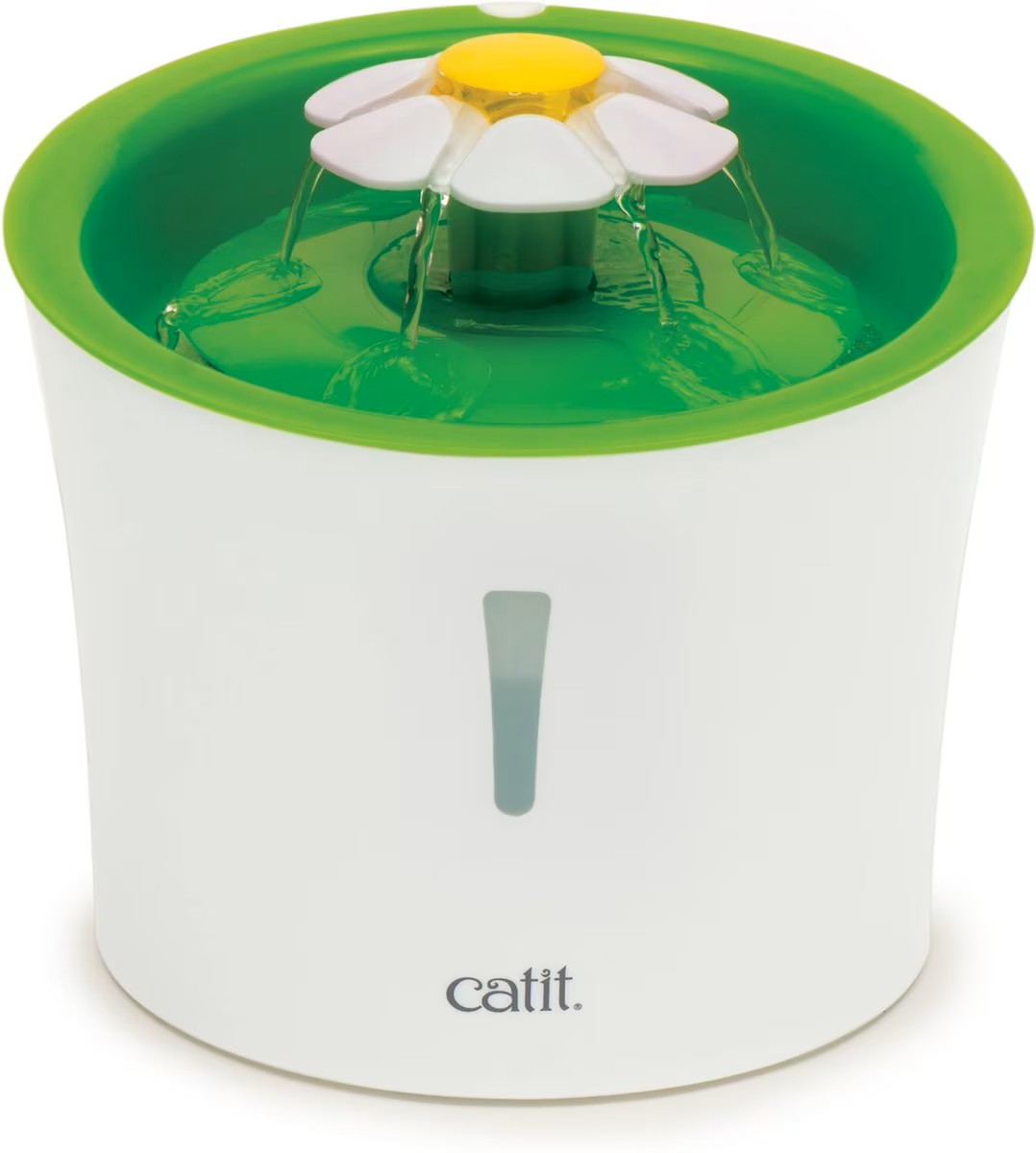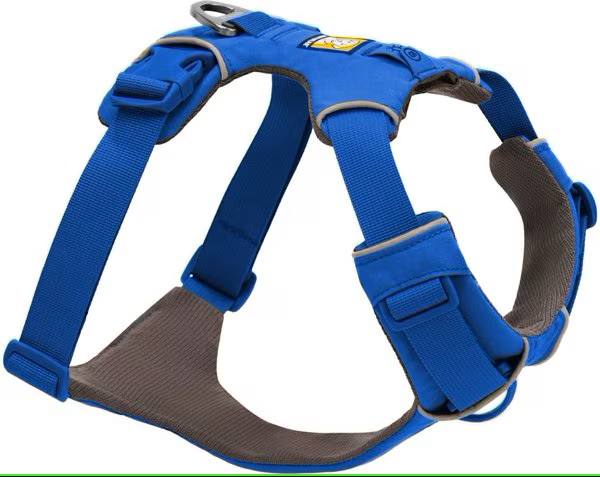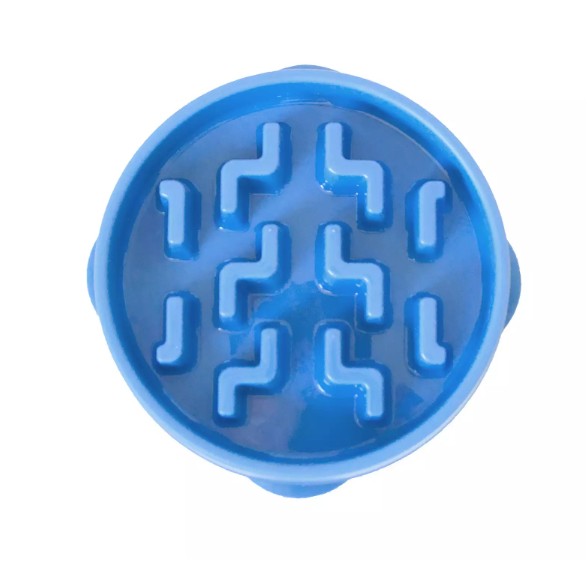Complete Guide to Senior Dog Joint Care: Signs, Solutions & Best Products
As our beloved dogs age, joint health becomes increasingly important. Learn the warning signs of joint issues, preventive care strategies, and the best products to keep your senior dog comfortable and mobile.
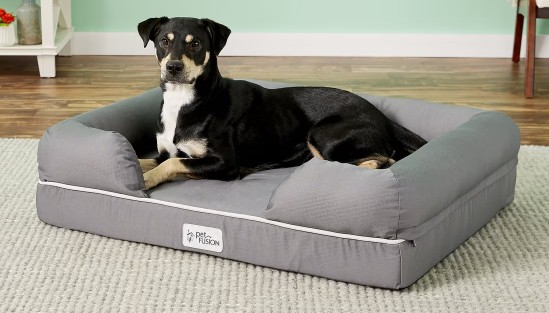
Watching our furry companions age can be both heartwarming and heartbreaking. As dogs enter their senior years—typically around 7-8 years for larger breeds and 10-12 years for smaller breeds—their joints begin to show signs of wear and tear. Joint issues affect an estimated 80% of dogs over the age of 8, making it one of the most common health concerns for aging pets.
The good news is that with proper care, the right products, and early intervention, you can significantly improve your senior dog's quality of life and help them maintain mobility and comfort well into their golden years. This comprehensive guide will walk you through everything you need to know about senior dog joint care.
Understanding Joint Issues in Senior Dogs
Joint problems in dogs typically fall into several categories, with arthritis being the most common. Osteoarthritis, also known as degenerative joint disease, occurs when the cartilage that cushions joints begins to break down, causing bone-on-bone contact that leads to pain, inflammation, and reduced mobility.
Common Joint Conditions in Senior Dogs
- Osteoarthritis: The most common form, affecting weight-bearing joints like hips, knees, and elbows
- Hip Dysplasia: A genetic condition where the hip joint doesn't form properly
- Elbow Dysplasia: Similar to hip dysplasia but affecting the elbow joints
- Luxating Patella: Kneecap dislocation, common in smaller breeds
- Intervertebral Disc Disease: Spinal disc problems that can affect mobility
Did You Know?
Large breed dogs are more susceptible to joint issues due to their size and weight, but small breeds can also develop joint problems, particularly luxating patella and spinal issues.
Early Warning Signs: What to Watch For
Recognizing the early signs of joint issues is crucial for providing timely intervention. Dogs are masters at hiding pain, so subtle changes in behavior often indicate discomfort before obvious limping appears.
Physical Signs
- Stiffness: Particularly noticeable after rest or in the morning
- Limping or favoring one leg: May be intermittent at first
- Difficulty rising: Taking longer to get up from lying down
- Reluctance to jump: Avoiding stairs, furniture, or car jumps they used to make easily
- Swollen joints: Visible swelling around affected areas
- Muscle atrophy: Loss of muscle mass in affected limbs
Behavioral Changes
- Decreased activity: Less interest in walks, play, or exercise
- Changes in gait: Altered walking pattern or "bunny hopping"
- Reluctance to move: Hesitation before moving or changing positions
- Increased sleeping: Spending more time resting
- Irritability: Snapping or growling when touched in painful areas
- Loss of appetite: Pain can reduce interest in food
"The earlier you catch joint issues, the more you can do to slow their progression and maintain your dog's quality of life. Don't wait for obvious limping—subtle changes in behavior are often the first indicators." - Dr. Sarah Mitchell, Veterinary Orthopedic Specialist
Preventive Care Strategies
While some joint issues are genetic and unavoidable, many can be prevented or their onset delayed through proactive care throughout your dog's life.
Weight Management
Maintaining a healthy weight is perhaps the most important factor in joint health. Excess weight puts additional stress on joints, accelerating wear and tear. Studies show that dogs maintained at ideal body weight throughout their lives have significantly less arthritis than overweight dogs.
- Monitor your dog's body condition score regularly
- Adjust food portions based on activity level and age
- Choose high-quality, age-appropriate food
- Limit treats to no more than 10% of daily calories
Regular Exercise
Appropriate exercise helps maintain joint flexibility, muscle strength, and overall health. The key is finding the right balance—enough to keep joints mobile without causing excessive wear.
Best Exercises for Joint Health:
- Swimming: Low-impact exercise that builds muscle without stressing joints
- Controlled leash walks: Regular, moderate-paced walks on soft surfaces
- Physical therapy exercises: Specific movements designed to maintain range of motion
- Mental stimulation: Puzzle toys and training to keep minds active when physical activity is limited
Exercises to Avoid:
- High-impact activities like jumping or agility
- Long runs on hard surfaces
- Sudden, intense exercise after periods of inactivity
- Activities that involve sharp turns or twisting movements
Creating a Joint-Friendly Environment
Making simple modifications to your home environment can significantly improve your senior dog's comfort and mobility.
Sleeping Areas
Where your dog sleeps has a huge impact on joint health. Hard floors can worsen stiffness and pain, while supportive bedding can provide relief and improve sleep quality.
Our Top Recommendation: PetFusion Ultimate Dog Bed
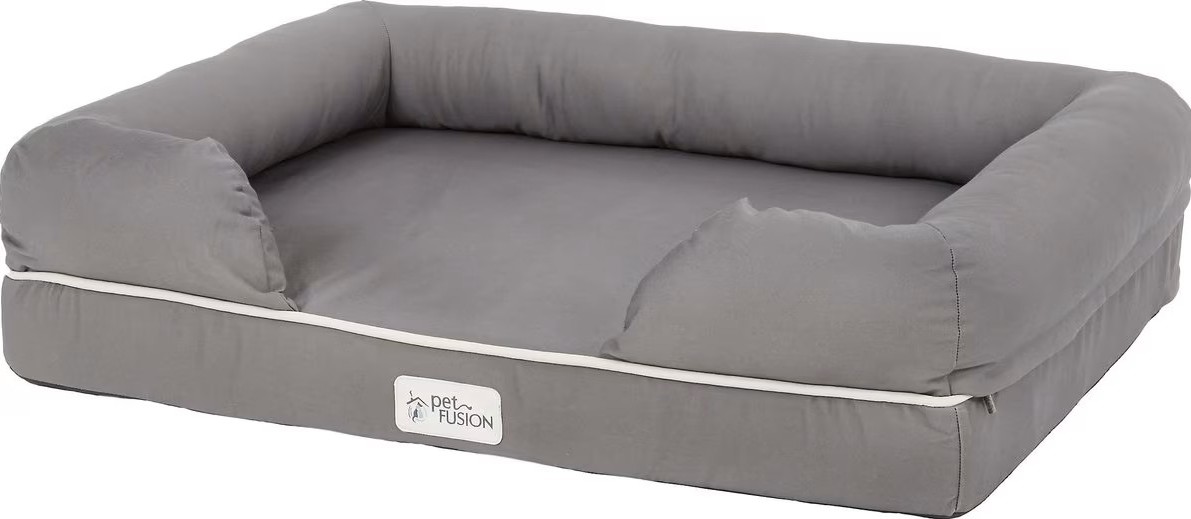
The PetFusion Ultimate Dog Bed features 4-inch solid memory foam that provides exceptional orthopedic support for senior dogs. The memory foam contours to your dog's body, relieving pressure points and supporting proper spinal alignment.
Key Benefits for Senior Dogs:
- Solid memory foam (not shredded) maintains support
- Bolstered sides provide security and head support
- Water-resistant liner protects against accidents
- Machine-washable cover for easy maintenance
- 3-year warranty demonstrates quality construction
Mobility Aids
- Ramps: For accessing cars, furniture, or elevated areas
- Non-slip rugs: Provide traction on smooth floors
- Raised food bowls: Reduce neck strain during eating
- Orthopedic steps: Easier alternative to jumping onto furniture
Nutrition for Joint Health
Proper nutrition plays a crucial role in maintaining joint health and can help slow the progression of arthritis.
Key Nutrients for Joint Health
- Omega-3 Fatty Acids: Reduce inflammation and support joint health
- Glucosamine: Helps maintain cartilage structure
- Chondroitin: Supports cartilage elasticity and hydration
- MSM (Methylsulfonylmethane): Natural anti-inflammatory compound
- Antioxidants: Vitamins C and E help combat oxidative stress
Senior Dog Food Considerations
Senior dog foods are formulated to meet the changing nutritional needs of aging dogs:
- Lower calorie density to prevent weight gain
- Higher protein quality to maintain muscle mass
- Added joint-supporting supplements
- Enhanced digestibility for aging digestive systems
Treatment Options
When joint issues do develop, various treatment options can help manage pain and maintain mobility.
Veterinary Treatments
- NSAIDs: Non-steroidal anti-inflammatory drugs for pain and inflammation
- Joint injections: Hyaluronic acid or corticosteroid injections
- Physical therapy: Professional rehabilitation programs
- Acupuncture: Alternative therapy that can provide pain relief
- Laser therapy: Low-level laser treatment to reduce inflammation
At-Home Management
- Heat therapy: Warm compresses to soothe stiff joints
- Gentle massage: Improves circulation and reduces stiffness
- Controlled exercise: Maintaining mobility without overexertion
- Weight management: Reducing stress on affected joints
When to Consult Your Veterinarian
While many aspects of joint care can be managed at home, professional veterinary care is essential for proper diagnosis and treatment planning.
Schedule a Vet Visit If You Notice:
- Persistent limping lasting more than a day
- Obvious pain when moving or being touched
- Significant changes in activity level or behavior
- Difficulty performing normal activities
- Swelling around joints
- Loss of appetite or depression
What to Expect During the Examination
Your veterinarian will likely perform:
- Physical examination focusing on gait and joint manipulation
- X-rays to assess joint structure and identify arthritis
- Blood work to rule out other conditions
- Discussion of treatment options and management strategies
Quality of Life Assessment
Regularly assessing your senior dog's quality of life helps ensure they remain comfortable and happy despite joint issues.
Quality of Life Indicators
- Mobility: Can they move around comfortably?
- Appetite: Are they eating normally?
- Social interaction: Do they still enjoy family time?
- Sleep quality: Are they resting comfortably?
- Bathroom habits: Can they eliminate normally?
- Mental alertness: Are they still engaged with their environment?
Quality of Life Scale
Many veterinarians use a 1-10 scale to assess quality of life, with 10 being excellent and 1 being poor. A score consistently below 5 may indicate the need for more aggressive treatment or difficult decisions about end-of-life care.
The Emotional Aspect of Senior Dog Care
Caring for a senior dog with joint issues can be emotionally challenging for pet owners. It's important to remember that with proper care, many dogs with arthritis can live comfortable, happy lives for years.
Tips for Emotional Well-being
- Focus on what your dog can still do rather than limitations
- Adapt activities to their current abilities
- Celebrate small improvements and good days
- Connect with other senior dog owners for support
- Work closely with your veterinarian to optimize care
Conclusion: Giving Your Senior Dog the Best Life Possible
Joint issues are a common part of aging for many dogs, but they don't have to mean the end of an active, happy life. With early recognition, proper management, and the right supportive products, you can help your senior dog maintain comfort and mobility well into their golden years.
Remember that every dog is different, and what works for one may not work for another. The key is working closely with your veterinarian to develop a comprehensive care plan tailored to your dog's specific needs. Whether it's investing in a high-quality orthopedic bed, adjusting their exercise routine, or exploring medical treatments, every step you take to support your senior dog's joint health is an investment in their quality of life.
Your senior dog has given you years of unconditional love and companionship. By providing them with the care and support they need during their golden years, you're giving them the gift of comfort, dignity, and continued happiness. They deserve nothing less.
Start with the Right Foundation
If you're looking to improve your senior dog's comfort, start with where they spend 12-14 hours a day: their bed. A high-quality orthopedic bed can make a significant difference in their daily comfort and long-term joint health.
See Our Top-Rated Orthopedic Bed
